-
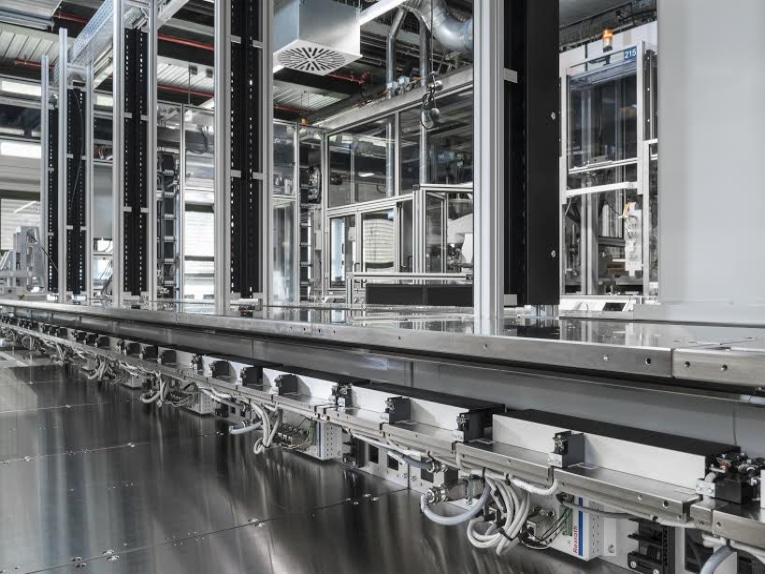
How to Specify Pulleys for Synchronous Belt Drives
High speed and precision belt driven system design. When designing a belt drive system, the first step is to choose the most suitable belt for the application. But the pulleys also play an important role in the performance of the belt — especially in synchronous belt drive systems, where proper ...Read more -
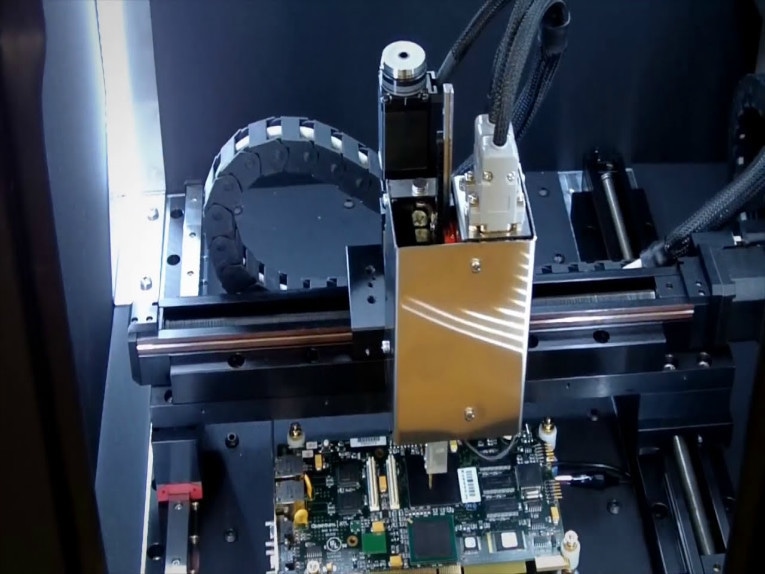
Pushing the Limits of Linear Accuracy
Straight, accurate movement is far from easy. Straight, accurate movement is far from easy, and linear positioning devices prove it by erring in not one, but three dimensions Just when you thought you had the “linear motion” concept nailed down – hit the required points on the straightaway and y...Read more -

What Options are There for Integrated Motor and Screw Designs?
External motor-screw integration, Non-captive motor-screw integration and Captive motor-screw integration Ball and lead screw assemblies are often driven by a motor connected in-line with the screw shaft via a coupling. While this mounting arrangement is simple and easy to service, the addition ...Read more -
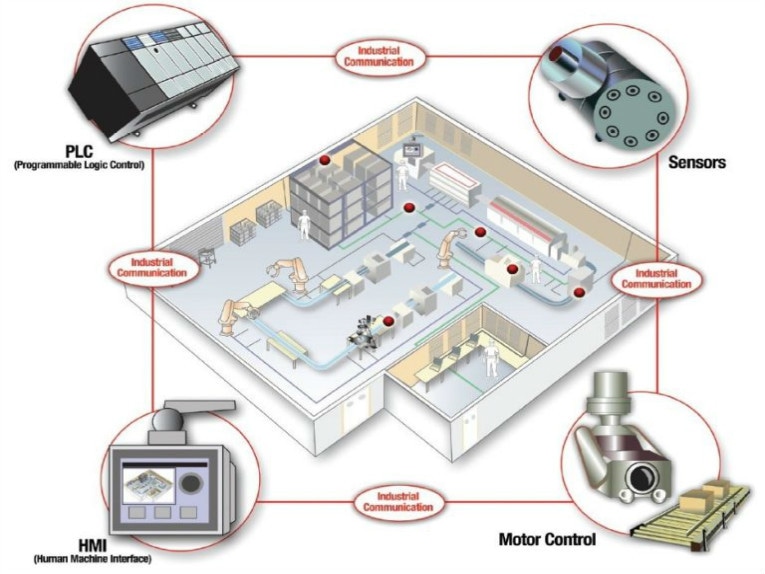
Three important design considerations for Cartesian robots
System configuration, Cable management, Controls. If your application calls for a Cartesian robot, you have a wide variety of options, depending on the level of integration you want to undertake. And although pre-engineered Cartesian robots are becoming more widely adopted as manufacturers expan...Read more -

Linear Guides, Power Transmission, Actuators See Unexpected Applications
More precision and ease installation. Our 2020 survey of the industry indicates an unabated trend towards more automation of previously static or manually tended systems. Key to these new offerings is installation simplicity for OEMs and end users of linear components for linear axes … as well a...Read more -

Linear Positioning Stages and XYZ Tables
Cartesian Robot for Pick and Place Application. Positioning stages and tables are used in motion control systems to hold down a work piece and/or to position it for some operation. Stages or tables, whether linear or rotary, are most often complete motion sub-systems. That is, they are motion sy...Read more -
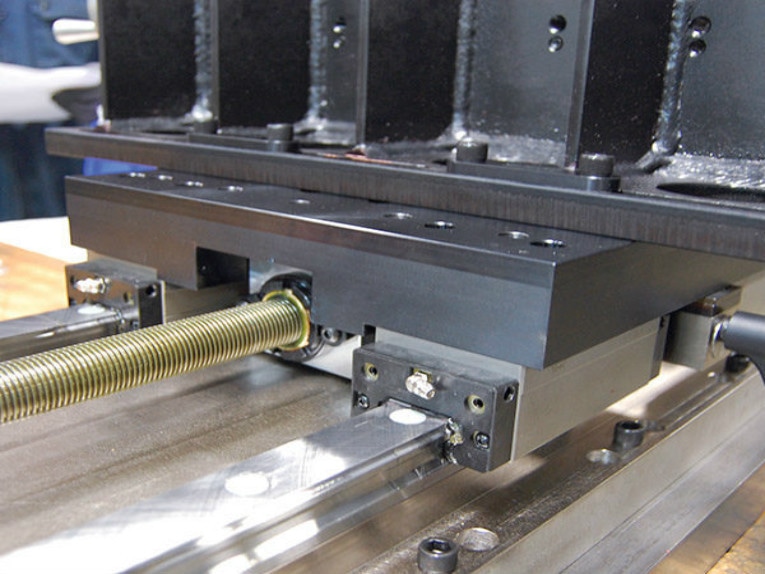
Rules for Actuator and Guide Alignment in Linear Motion Systems
Following a few simple guidelines for designing linear motion systems can improve system performance and actuator life. Many automated machines rely on linear guidance components, such as profiled rail, round rail or other rolling or sliding bearing structures, to guide and support the moving el...Read more -
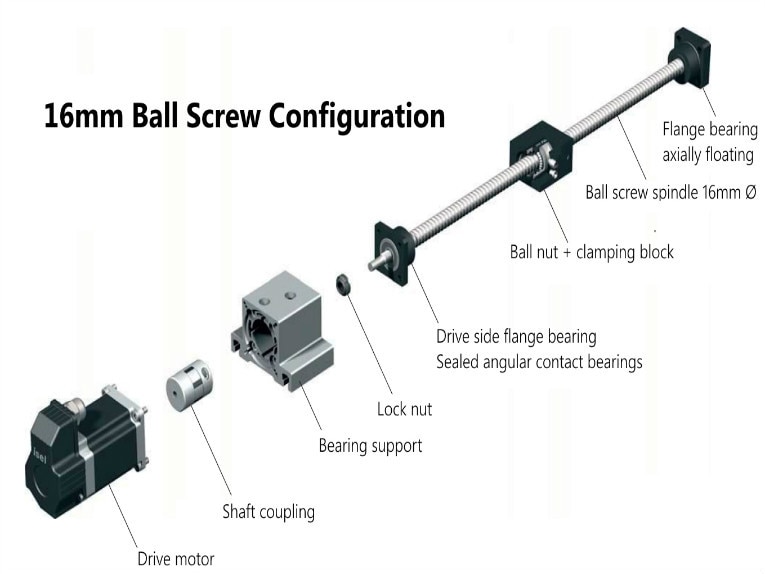
Linear Motor vs. Ball Screw
The Cost-efficient Application for Your Own Design. While ironless linear motors have been used in semiconductor and electronic applications for more than a decade, they are still viewed by many designers and OEMs as “niche” products. But the perception of linear motors as a costly solution for ...Read more -

Motion basics: How to define roll, pitch, and yaw for linear systems
Including Cartesian robots, gantry systems, and XY tables. Linear guides and systems are typically subjected to both linear forces due to downward, upward, and side loads and rotational forces due to overhung loads. Rotational forces — also referred to as moment forces — are typically defined as...Read more -

Linear Positioning Stages/Tables
Cartesian Robot for Gantry System Positioning stages and tables are used in motion control systems to hold down a work piece and/or to position it for some operation. Stages or tables, whether linear or rotary, are most often complete motion sub-systems. That is, they are motion systems themselv...Read more -

A Selection Guide for Linear Systems
Belt driven, Ball screw driven, Rack and pinion driven, Linear motor driven, Pneumatic driven systems. Gone are the days when machine designers and builders had to choose between constructing their own linear system from scratch or settling for a limited range of pre-assembled systems that, in m...Read more -
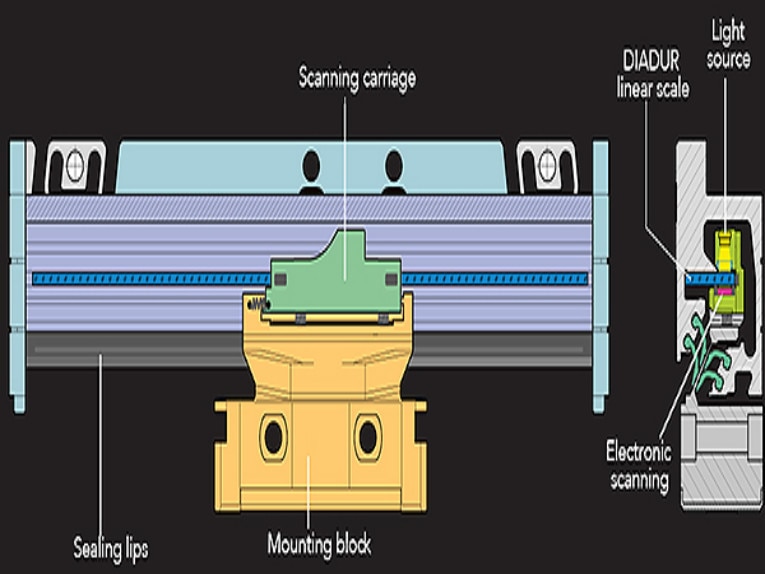
Linear Encoders Improve Accuracy
Linear encoders boost accuracy by correcting errors downstream of mechanical linkages. Linear encoders track axis position without intermediate mechanical elements. The encoders even measure transfer errors from mechanical linkages (such as rotary-to-linear mechanical devices), which helps contr...Read more







